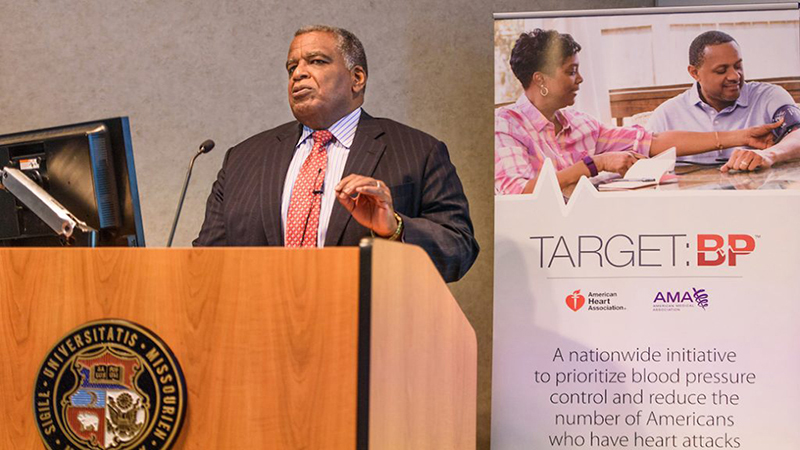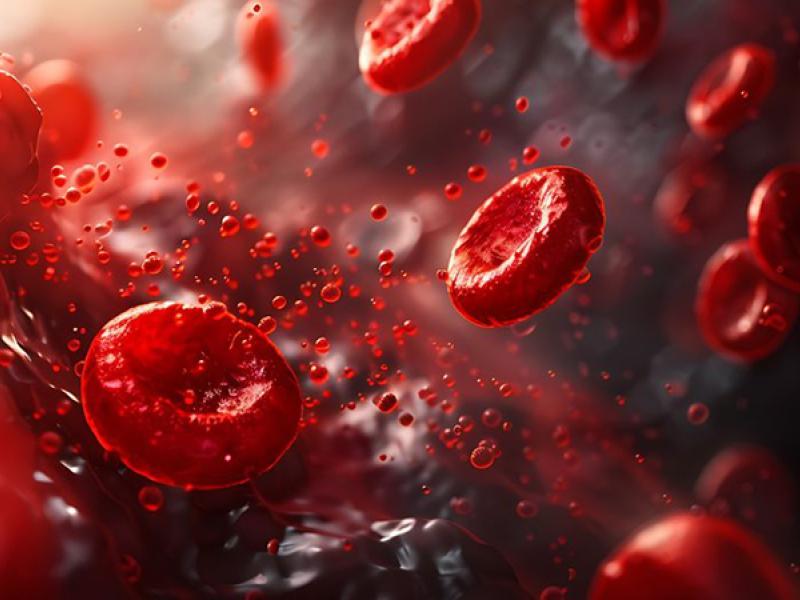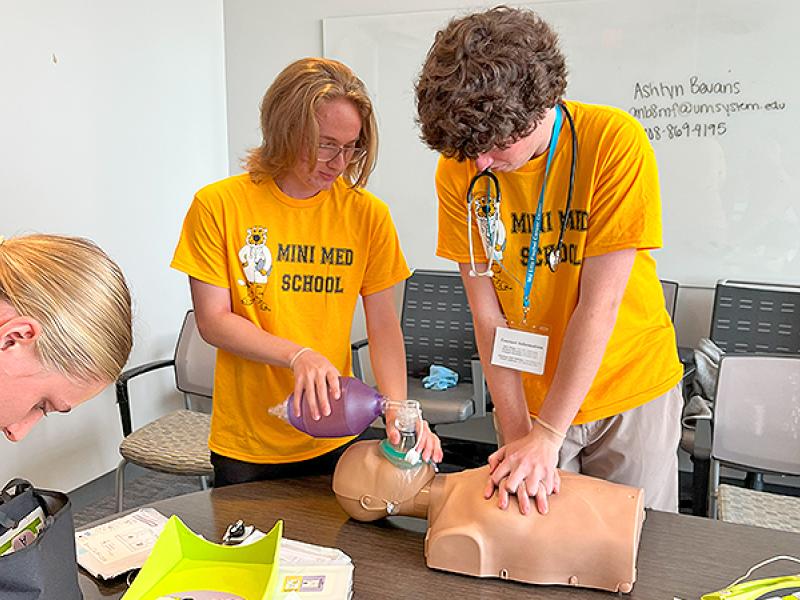
On Nov. 13, 2017, an estimated 30 million Americans developed high blood pressure. That was the day the American Heart Association and American College of Cardiology announced new guidelines that lowered the threshold for the diagnosis of hypertension.
The new definition of high blood pressure is a systolic pressure of at least 130 or a diastolic pressure of 80 or above. Systolic refers to pressure during heart contractions, and diastolic refers to pressure between beats. The previous standard was 140/90.
Just like that, the number of Americans with high blood pressure jumped from 32 to 46 percent of the adult population.
“We can’t be laissez-faire about the control of blood pressure,” said Tulane University’s Keith Ferdinand, MD, a hypertension expert who discussed the new guidelines on Jan. 11, 2018, in a seminar at the University of Missouri School of Medicine. “Looking at the some of the latest national data, our improvements in hypertension have now started to flatten and may actually now be on the downward trend. So it’s something everybody knows about — high blood pressure — and it’s something that is not exciting in terms of a breakthrough in medicine, but it’s an important component of our public health.”
Patrick Delafontaine, MD, dean of the MU School of Medicine and a cardiologist, said he agreed with the new standards.
“It’s really based on scientific evidence,” Delafontaine said. “The prior guidelines dated from 2003. There’s been a number of clinical studies since then supporting the fact that treating blood pressure to a lower number would improve outcomes and reduce the number of deaths from heart attacks and strokes.
“It does, of course, mean that there are now more people in the country that are classified as having hypertension. But that does not mean that all of those will have to be treated with medications.”
The lead author of the new guidelines, Tulane University’s Paul Whelton, MD, said in a news release that people with blood pressure from 130-139/80-89 have double the risk of heart complications as people in the “normal” category below 120/80.
“We want to be straight with people — if you already have a doubling of risk, you need to know about it,” Whelton said in the release. “It doesn’t mean you need medication, but it’s a yellow light that you need to be lowering your blood pressure, mainly with non-drug approaches.”
For the millions of Americans now trying to lower blood pressure without medication, the usual New Year’s resolutions take on greater importance.
“The lifestyle changes are the traditional ones,” Delafontaine said. “They include controlling weight, exercising regularly, having a diet low in salt, having a diet relatively rich in potassium, avoiding excessive alcohol consumption, avoiding smoking and eating what is called a DASH diet, which is basically a Mediterranean diet rich in fruits and vegetables.”





